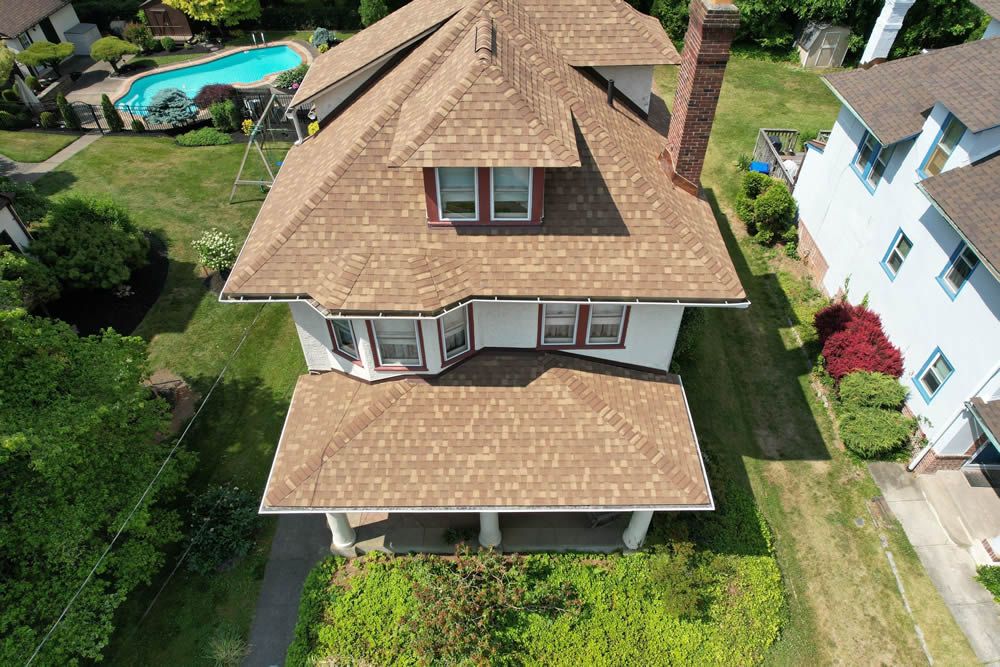When discussing the pillars of a sturdy home, we often fixate on walls, doors, and the roof. Yet, there’s an unsung hero in this ensemble – the science of roof ventilation. Far from being a fancy ‘extra’, ventilation is that vital cog in your home’s wheel that keeps the environment fresh, efficient, and healthy. Let’s get into why letting your roof breathe is a game-changer.
Why Should Your Roof Breathe?
Think of ventilation as your roof’s personal respiratory system. It ensures fresh outdoor air flows seamlessly through the attic or the space beneath the roof, preserving insulation’s efficiency and regulating temperatures below.
Summer heat can trap attic air, turning it into a furnace and pushing your cooling systems to their limits. Meanwhile, winter’s cold without proper ventilation can make your attic a moisture hub, potentially compromising your home. So, no matter the season, your roof’s ‘breathing’ is always in vogue.

The Bounties of Roof Ventilation
- Efficiency is Key: Proper ventilation helps in cooling down a fiery attic during summers and maintaining warmth in winters. Result? Your air conditioner and heater aren’t overworked, translating to notable savings in your energy bills.
- Long Live the Roof: Think of ventilation as your roof’s personal bodyguard. It battles problems like trapped hot air which can cause wood to warp, shingle damage, and degrade roofing materials. With good ventilation, these threats are minimized, ensuring your roof lives a long, healthy life.
- Moisture, Begone: Rise in warmth can make your attic a moisture magnet. This isn’t just a roof issue; it’s a potential health hazard leading to mold and mildew. Proper ventilation sends moisture packing, ensuring a dry and healthy home.
- Breathe Easy Indoors: A moist roof can negatively influence indoor air quality, potentially firing up allergies and respiratory issues. Proper roof ventilation means fewer chances of mold growth and purer indoor air.
- Ice Dam Be Dammed: Those living in the chilly climes know the menace of ice dams. By maintaining an even roof temperature, proper ventilation cuts down the odds of these icy nuisances.
Choosing the Right Ventilation System
Ventilation isn’t a monolithic solution. Various systems cater to different needs:
- Box Vents: Straightforward and budget-friendly, they employ natural convection.
- Ridge Vents: Positioned along the roof’s top, they ensure consistent cooling.
- Turbine Vents: Wind-powered, they actively pull out hot air and moisture.
- Soffit Vents: Usually combined with other vents, they usher in fresh air.
Tailoring the Best Ventilation Recipe
The art of ventilation isn’t universal; it’s tailored. Factors like your home’s size, the local weather, and your roof type play pivotal roles. But if you’re looking for a ballpark figure: aim for 1 square foot of ventilation for every 300 square feet of attic space.
Enter Russell Roofing
Navigating the nuances of roof ventilation can be tricky, but with Russell Roofing, it’s a breeze. With unparalleled expertise and a keen understanding of homes just like yours, they’re the go-to experts for all things roofing. Whether it’s setting up an efficient ventilation system or any other roofing conundrum, the Russell Roofing crew has got you covered.
In wrapping this up, if your home’s ventilation isn’t on your radar yet, it’s high time it should be. The roof doesn’t just shield; it breathes, cools, and plays a vital role in maintaining a balanced home environment. And with partners like Russell Roofing, ensuring this balance becomes effortlessly achievable.

